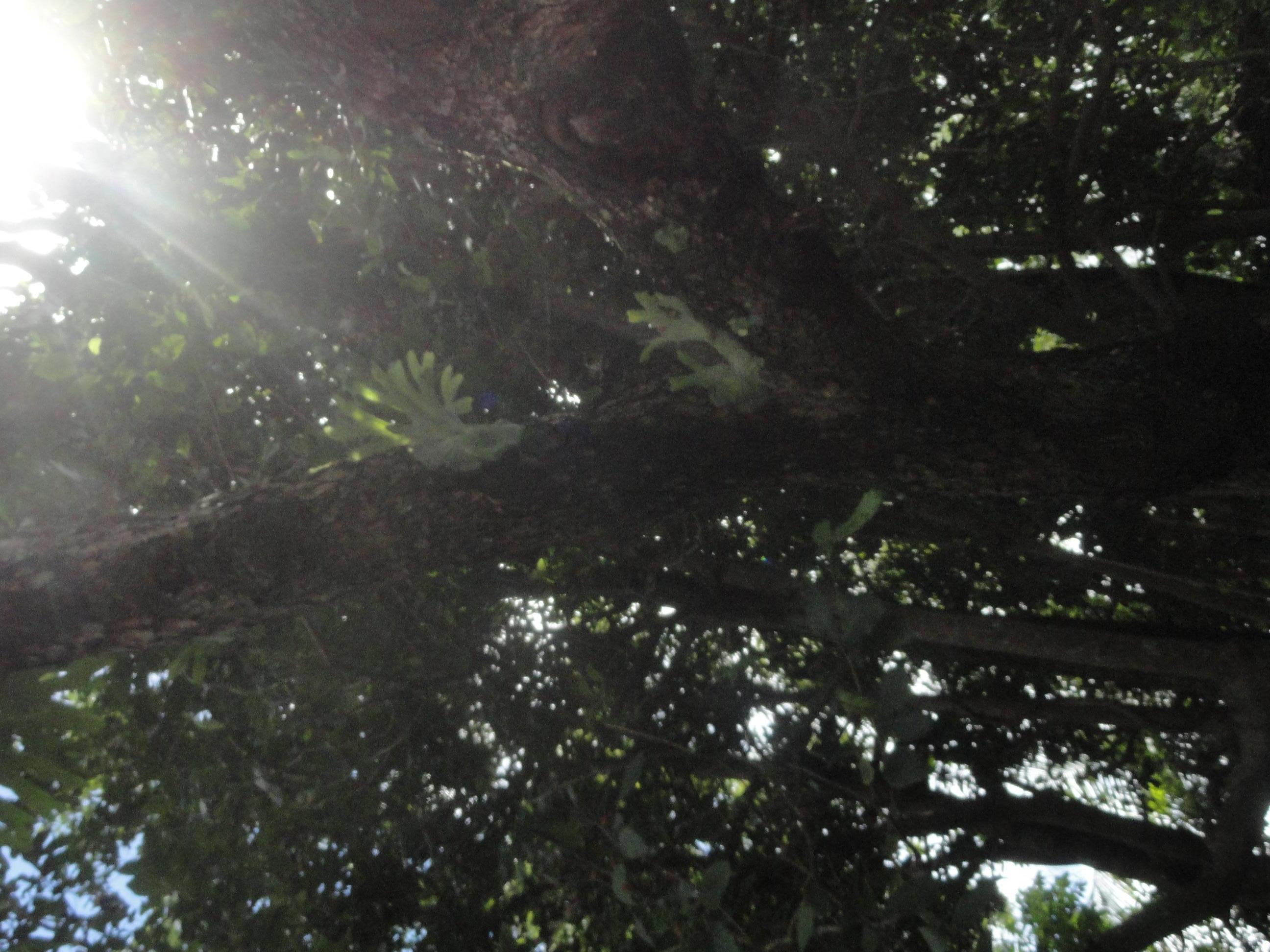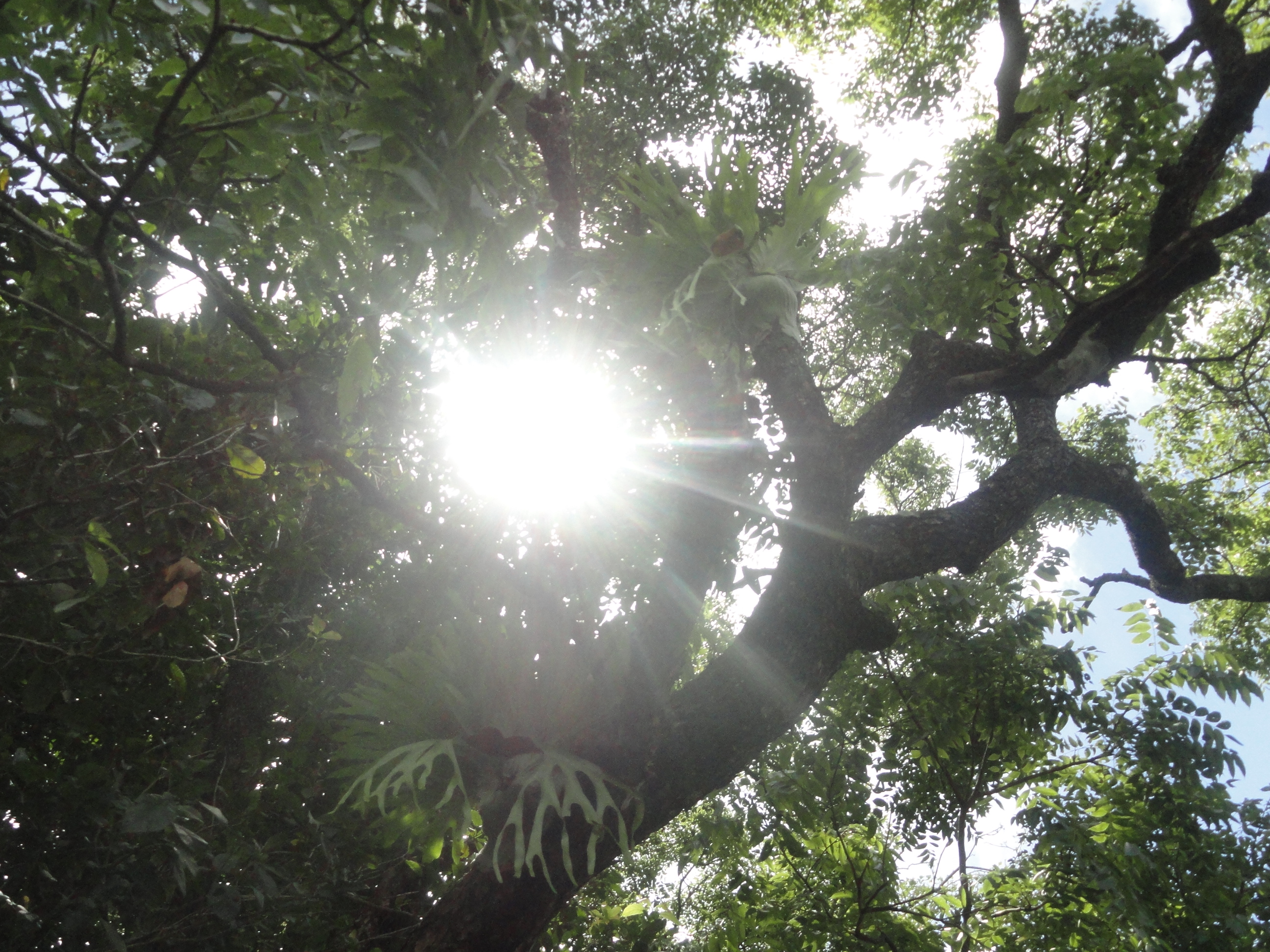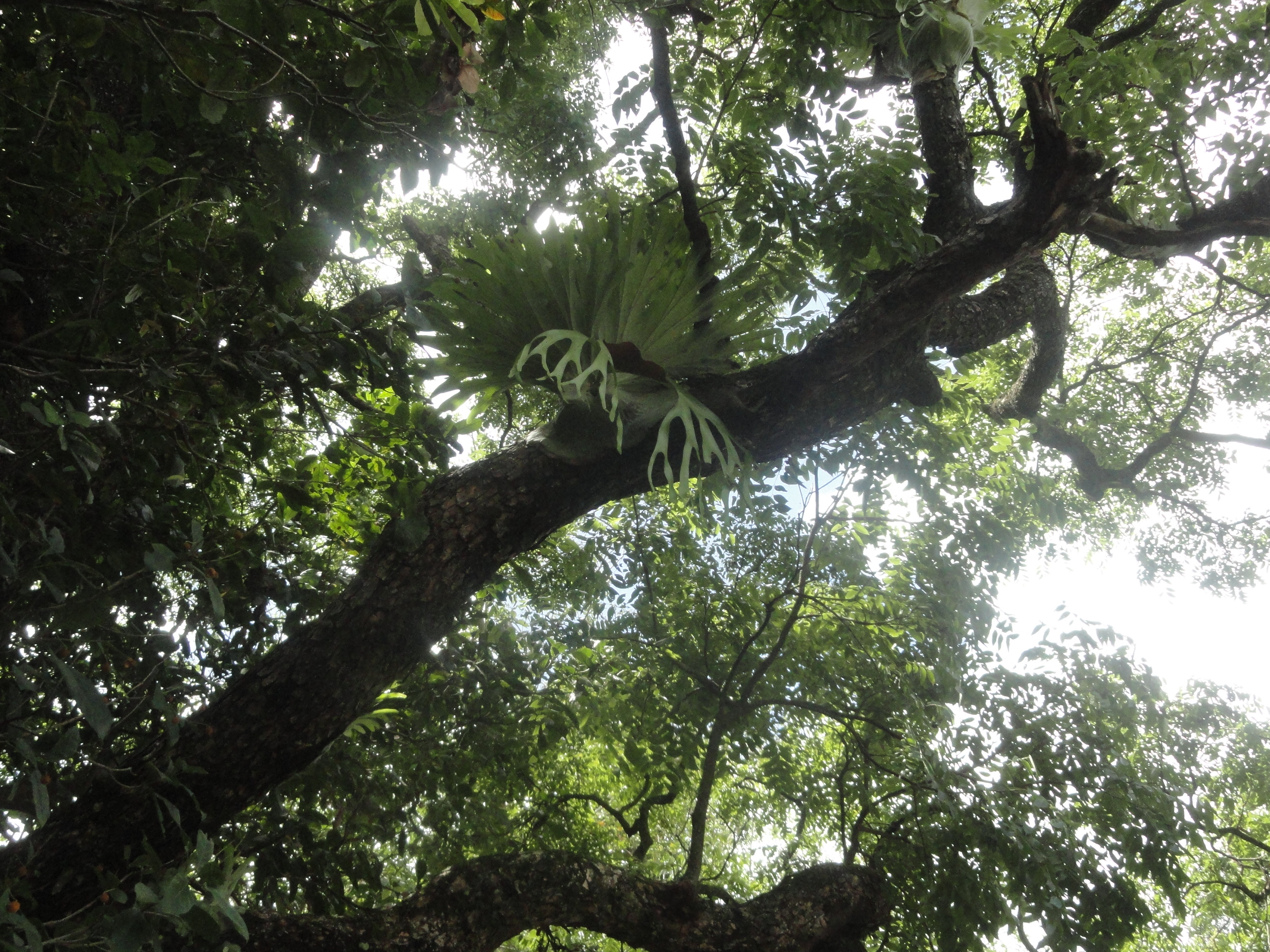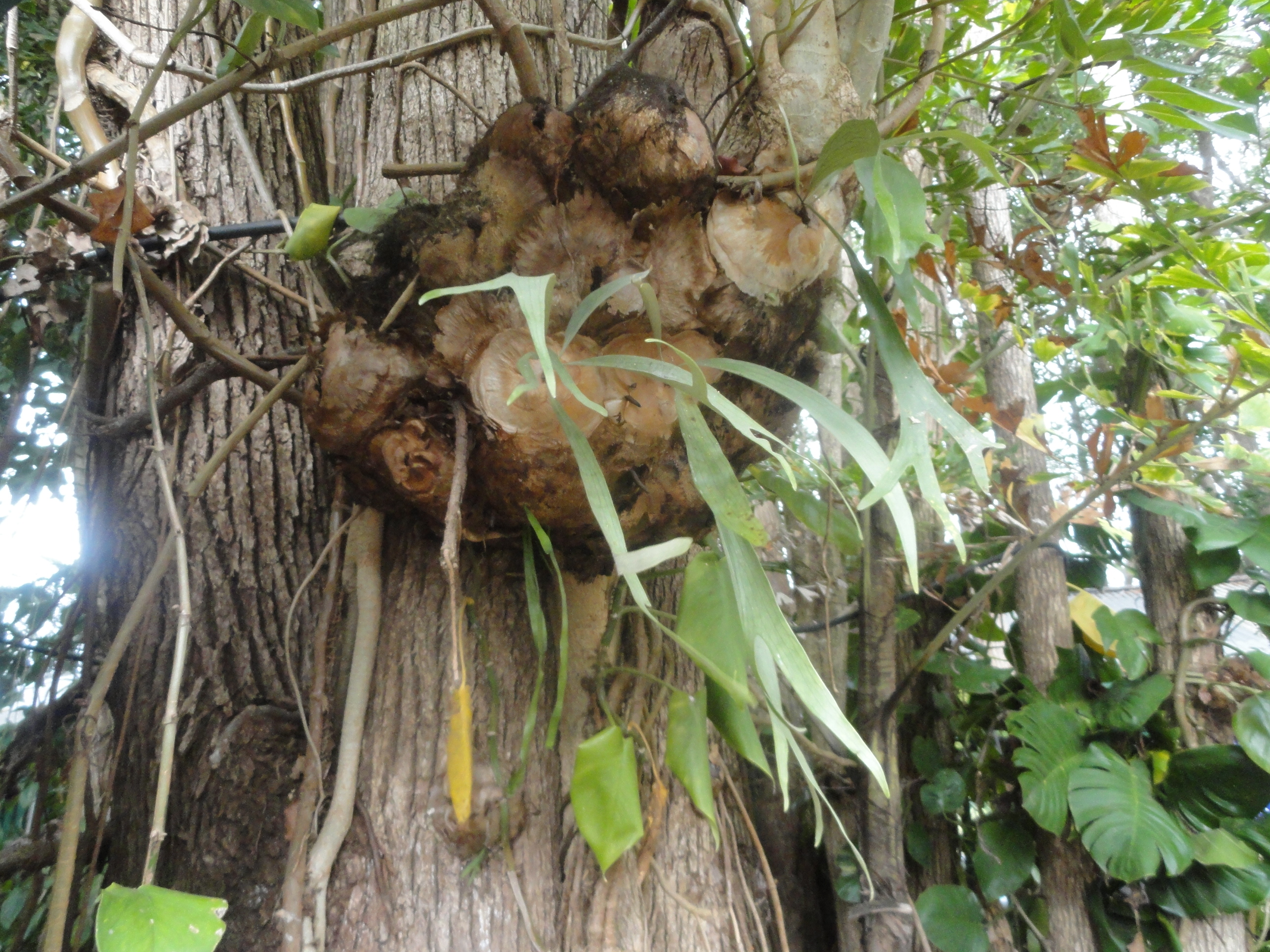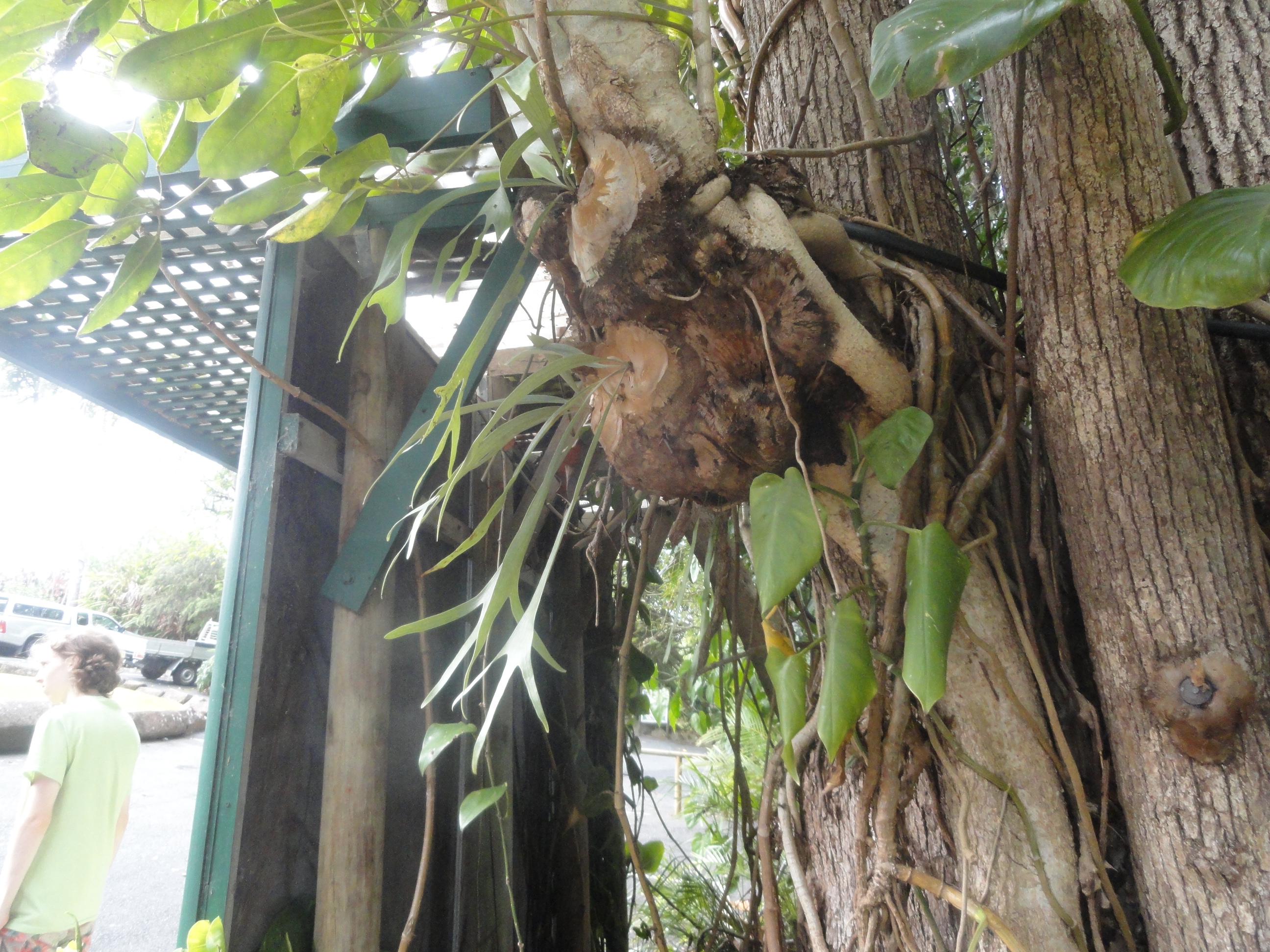In Kuranda, I was called out of the building afterwards to see some birds. I took photos.


They looked at first glance like road runners. Not that I thought they were, but that's the first bird they reminded me of. Not their posture, and not their eyes, but something about their shape and movement and coloring. But that's probably mostly because I'm not a bird person, so all of you who see the 45 ways in which they are NOTHING like road runners, feel free to know how very little I know about birds.
But guess what I know about now?
I showed the photos to Caroline, of my host family in Mount Molloy. I pointed at the pipe with a crank and asked if it was a water pump of some sort. I was picturing some sort of rotary wankle hand pump. She said it was a clothesline called a Hills Hoist. You can put the clothes on it while it's lowered and then crank it up higher. To get more sun and air, I guess.
In Scotland I saw clotheslines in the houses that people load up and then hoist with cord and pulleys and then hook it so the clothes are up in the high ceiling where the heat is. My granny had a quilt frame that could be hung from the ceiling with cord and pullies—lifted up for meals, and lowered again for quilting. Lanterns and chandeliers that held candles used to be lowered to light, lifted high up to burn.
So. Maybe it's a Scottish thing. Maybe it's just a thing.
I was telling Jo, my Adelaide hostess, by chance on the way from the airport. She said she has a clothesline but it doesn't crank up.
So I did my laundry and she went to show me her clothesline and though she hadn't noticed before, it was *one of those*!



I looked them up. They're still manufactured, in different sizes, and cost between $450 and $600 but they certainly last a long time, and work well. This one Jo didn't know had a mechanism worked fine. The first turn of the crank was about as hard as an outside water faucet that's been shut hard on the washer all winter. One hard turn and then it turned very freely. There's a little hole above the crank that says "oil here." It didn't need any, but if it had, there it would go.









